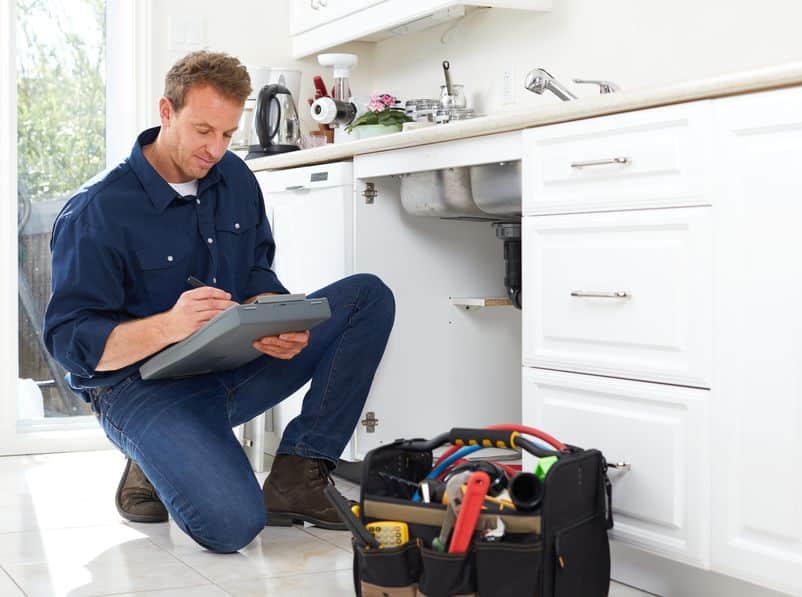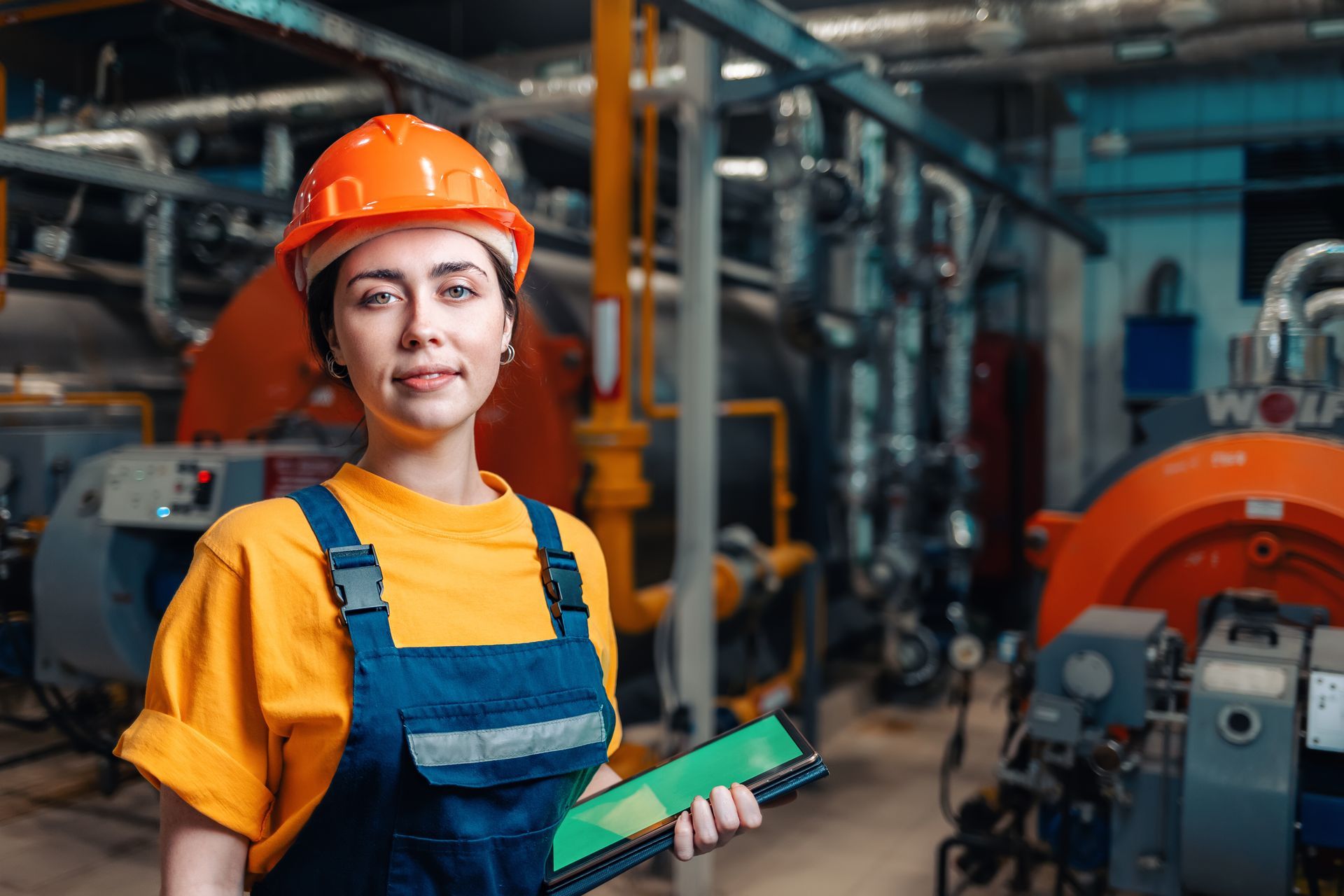Just how do you really feel when it comes to Innovative Plumbing Trends Transforming Construction?

Intro
The plumbing industry is undergoing a transformative phase driven by technical advancements and growing issues for sustainability and effectiveness. This post checks out emerging trends and innovations forming the future of pipes.
Smart Pipes Solutions
Incorporating clever technology right into pipes systems makes it possible for remote monitoring, leak detection, and automated upkeep. Smart sensors and IoT (Web of Points) devices enable house owners and plumbing professionals to keep an eye on water use and find issues in real-time, bring about more effective source monitoring and proactive upkeep.
Water Performance Solutions
With enhancing emphasis on water preservation, cutting-edge solutions are being created to minimize water wastefulness in pipes systems. High-efficiency fixtures, greywater recycling systems, and clever irrigation controllers are among the innovations assisting consumers reduce their water impact while preserving convenience and comfort.
Lasting Products
The shift towards sustainability reaches pipes materials, with an expanding choice for green options. Eco-friendly piping products, such as PEX (cross-linked polyethylene) and HDPE (high-density polyethylene), offer longevity and resistance to rust without endangering ecological integrity.
Anticipating Upkeep
Anticipating maintenance methods take advantage of data analytics and machine learning algorithms to prepare for and prevent pipes problems prior to they occur. By evaluating historical information and performance metrics, predictive maintenance formulas can identify patterns and anomalies, enabling aggressive interventions to avoid pricey fixings and interruptions.
Augmented Truth in Pipes
Augmented Truth (AR) modern technology is changing pipes by offering technicians with real-time visual advice for troubleshooting and repair work tasks. AR-enabled wise glasses or mobile applications overlay digital info onto the physical atmosphere, assisting plumbers picture pipe designs, identify hidden leakages, and carry out repairs with accuracy.
Impact of 3D Printing
The arrival of 3D printing has actually presented new opportunities in manufacturing pipes components. From custom-made fixtures to complex pipe installations, 3D printing enables quick prototyping and on-demand manufacturing, decreasing preparations and making it possible for greater personalization in plumbing layout.
Health and Safety Qualities
In reaction to heightened concerns for health and safety, pipes fixtures are including attributes such as antimicrobial surfaces, touchless procedure, and self-cleaning systems. These developments not only boost hygiene but also advertise customer comfort and benefit.
Hygiene-focused Components
Touchless taps, self-sanitizing toilets, and antimicrobial surface areas are ending up being progressively prevalent in residential and business setups, decreasing the danger of bacterium transmission and advertising a cleaner, healthier setting.
Water High Quality Tracking
Developments in water top quality surveillance innovations make it possible for property owners to monitor the purity and safety of their water supply in real-time. Smart water top quality sensing units can discover impurities, pH degrees, and temperature level variations, empowering individuals to take aggressive measures to make certain water safety.
Remote Pipes Providers
Remote diagnostics and digital help are changing the means pipes services are delivered. Through video clip conferencing and remote gain access to modern technologies, plumbing technicians can troubleshoot issues, provide support for DIY repair work, and also perform remote examinations, using greater accessibility and benefit to house owners.
Challenges and Opportunities
While pipes innovations hold tremendous assurance, they additionally present obstacles such as information privacy issues, regulative compliance, and the demand for workforce training. Dealing with these obstacles calls for collaboration in between market stakeholders and governing bodies to guarantee safe and accountable execution of new technologies.
Regulative Landscape
Regulatory frameworks play an essential function fit the adoption of plumbing technologies, with criteria and codes regulating whatever from water effectiveness to product security. As innovations continue to develop, regulatory bodies should adjust to make certain customer security and ecological stewardship.
Future Expectation
The future of plumbing is identified by continued development and assimilation with other sectors such as IoT, renewable resource, and building automation. By accepting lasting techniques, leveraging arising innovations, and focusing on user-centric style, the pipes industry is poised to address the advancing needs of culture while lessening its ecological footprint.
Final thought
To conclude, the future of plumbing is defined by a convergence of technology, sustainability, and user-centric style. By accepting smart solutions, lasting products, and proactive maintenance practices, the pipes industry can improve performance, advertise safety, and contribute to a much more sustainable future.
The Future of Plumbing: Trends and Innovations to Watch
Introduction to Future Plumbing Trends
The future of plumbing is being shaped by several key factors, including technological advancements, environmental concerns, and changing consumer expectations. These factors are driving the development of new products, services, and practices that enhance the efficiency, sustainability, and convenience of plumbing systems.
Key Trends and Innovations in Plumbing
Smart Plumbing Systems: The integration of smart technology into plumbing systems is transforming the way we manage water usage and detect issues. Smart leak detectors, automated water shut-off valves, and smart faucets are just a few examples of how technology is enhancing plumbing systems. These devices provide real-time data and remote control capabilities, allowing homeowners to monitor and manage their water usage more effectively. Water Conservation and Efficiency: With increasing concerns about water scarcity, there is a growing emphasis on water conservation and efficiency. Innovations such as low-flow fixtures, greywater recycling systems, and rainwater harvesting are becoming more popular. Plumbers are adopting these technologies to help customers reduce their water consumption and save on utility bills. Sustainable Materials: The use of sustainable materials in plumbing systems is gaining traction. This includes the adoption of recyclable and biodegradable materials, as well as the use of non-toxic and eco-friendly products. Sustainable materials help reduce the environmental impact of plumbing systems and promote long-term sustainability. Energy-Efficient Water Heaters: Advances in water heating technology are leading to the development of more energy-efficient systems. Tankless water heaters, solar water heaters, and heat pump water heaters are becoming more prevalent. These systems offer significant energy savings and reduce the carbon footprint of homes and businesses. Trenchless Technology: Trenchless technology is revolutionizing the way plumbing repairs and installations are conducted. This method allows for the repair or replacement of pipes without extensive excavation, minimizing disruption and reducing costs. Techniques such as pipe bursting and cured-in-place pipe (CIPP) lining are gaining popularity. Health and Safety: The focus on health and safety is driving innovations in plumbing systems. Touchless faucets and fixtures, antimicrobial materials, and improved water filtration systems are being developed to enhance hygiene and protect public health. Plumbers are adopting these innovations to meet the growing demand for safer and healthier plumbing solutions. Remote Diagnostics and Monitoring: The ability to diagnose and monitor plumbing systems remotely is becoming increasingly important. Remote diagnostic tools and sensors allow plumbers to identify issues and perform maintenance without the need for on-site visits. This enhances efficiency and reduces the need for costly emergency repairs. Impact of Future Trends on the Plumbing Industry
Enhanced Efficiency: The adoption of smart technology and energy-efficient systems will enhance the efficiency of plumbing systems. This will lead to reduced water and energy consumption, lower utility bills, and improved performance. Sustainability: The focus on sustainability will drive the development and adoption of eco-friendly plumbing solutions. This will contribute to the conservation of natural resources, reduction of waste, and protection of the environment. Improved Customer Experience: The integration of technology and innovative solutions will improve the customer experience. Homeowners will have greater control over their plumbing systems, access to real-time data, and the ability to manage their water usage more effectively. Increased Demand for Skilled Plumbers: The adoption of new technologies and materials will require plumbers to acquire new skills and expertise. There will be an increased demand for skilled plumbers who are knowledgeable about the latest trends and innovations. Cost Savings: The use of efficient and sustainable plumbing solutions will result in cost savings for both homeowners and businesses. Reduced water and energy consumption, lower maintenance costs, and fewer emergency repairs will contribute to overall affordability. Preparing for the Future of Plumbing
Stay Informed: Keep up-to-date with the latest trends and innovations in the plumbing industry. Attend industry conferences, participate in training programs, and engage with manufacturers to stay informed. Invest in Training: Ensure that you and your team are trained in the latest technologies and installation techniques. This will enable you to offer cutting-edge solutions to your customers and stay competitive in the market. Promote Sustainable Solutions: Highlight the benefits of eco-friendly and energy-efficient plumbing solutions to your customers. Educate them about the advantages of adopting sustainable practices and products. Leverage Technology: Embrace smart technology and remote diagnostic tools to enhance your services. Offer remote monitoring and maintenance options to provide added convenience and value to your customers. Collaborate with Manufacturers: Partner with manufacturers of innovative plumbing products to gain access to the latest solutions and technical support. This can also provide opportunities for joint marketing efforts. Focus on Customer Education: Educate your customers about the benefits and functionality of new plumbing technologies. Provide guidance on how to use smart systems and maintain sustainable plumbing solutions. Conclusion
The future of plumbing is being shaped by exciting trends and innovations that promise to enhance efficiency, sustainability, and convenience. By staying informed and embracing these changes, plumbers can provide superior services to their customers and contribute to a more sustainable future. The adoption of smart technology, sustainable materials, and energy-efficient systems will drive the evolution of the plumbing industry, creating new opportunities and challenges. By preparing for the future, plumbers can ensure their success in a rapidly changing market.

We had been made aware of that report on The Future of Plumbing: Trends and Innovations to Watch through someone on our other web blog. Liked our review? Please quickly share it. Let somebody else discover it. I love your readership.
Request Appointment